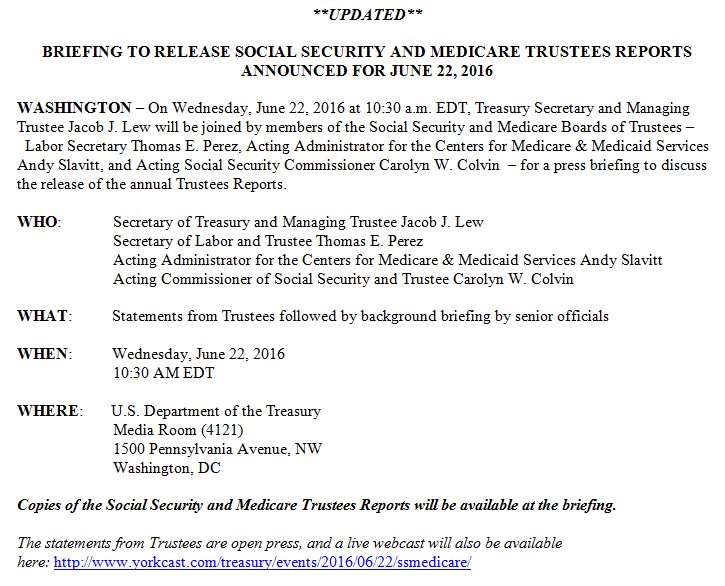Agenda Available -- Register Today!
Dear Colleague:
This is a reminder to register today for the Social Security Advisory Board’s Policy Forum on the Supplemental Security Income (SSI) Program, which will feature speakers from Capitol Hill, SSA, and academia (among others). The event will occur on Tuesday, July 12th at the Carnegie Library - Mount Vernon Square, 801 K Street NW, Washington DC. We hope you will come to share your ideas as we explore important policy issues in the SSI program.
The agenda and speaker bios can be found here. Highlights include discussions of the SSI rules on assets and in-kind support, the outcomes for children transitioning from SSI and how current discussions of poverty policy might impact the program in the future.
We hope you will join us from 8:00 AM to 4:15 PM on the 12th. Register now and let us know any reasonable accommodations you may need. Space is limited, so registration is required for either the morning, the afternoon, or the full day.
Read more!








